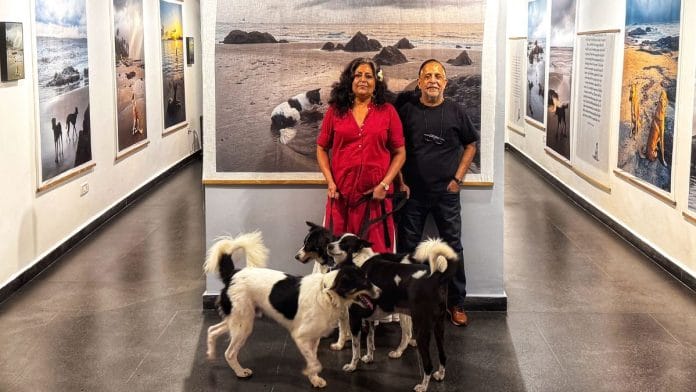Goa: “Stray” dogs have no business being inside an art gallery. Yet here they are, taking over the walls of the hallowed Aguad Complex, Goa’s most beautiful, enormous cultural centre.
A skinny solitary figure stands at the edge of the Arabian Sea, his back turned to us, shoulders etched against a portentous monsoon sky. Next to him, a brown Indie dog mirrors his posture, both gazing at a distant fishing boat that punctuates the grey horizon. A bird wheels overhead, completing this trinity. The photograph, shot during the ghostly days of the pandemic in Goa, echoes with solitude—here is a migrant worker from Bihar, far from and longing for home, finding his morning meditation on Vagator beach.
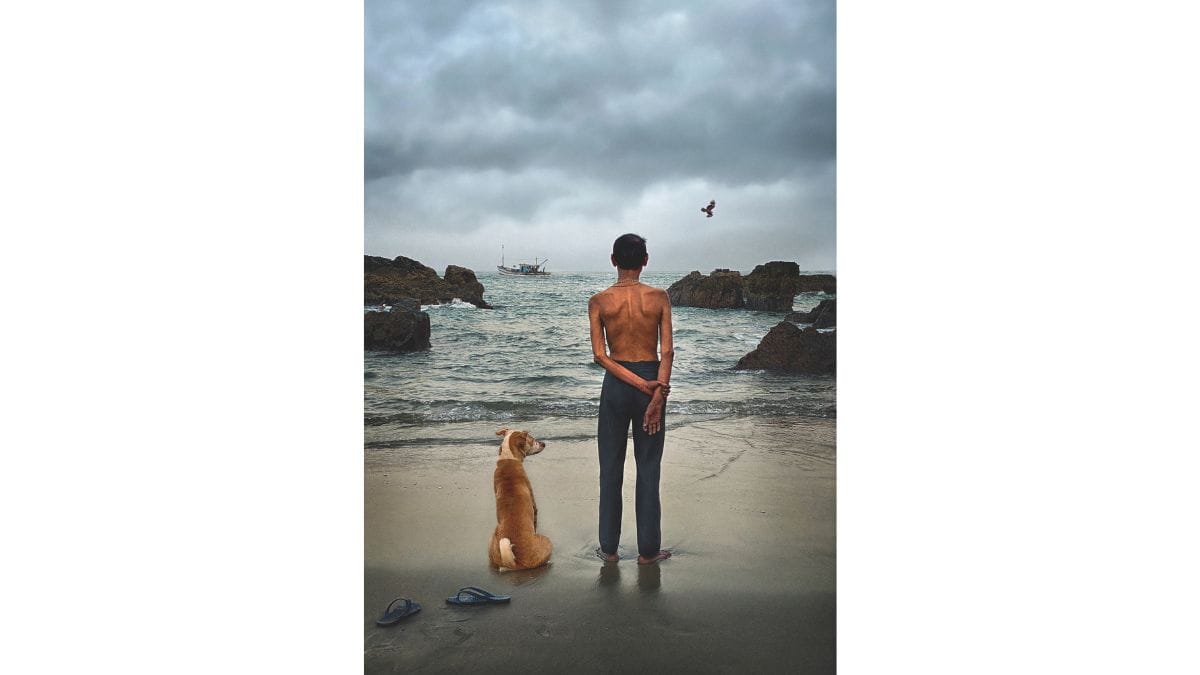
The image is part of ‘Rain Dogs’, photographer Rohit Chawla’s latest exhibition. The large-format images—shot mostly on the iPhone and printed on wispy vintage linen—float in front of you, but also give you the impression of being inside the scene. The exhibition is accompanied by an eponymous book, due to be launched in February at the Jaipur Literature Festival, featuring writing by several Indian authors, including Vikram Seth, Tishani Doshi, Santosh Desai, Jeet Thayil, Anuja Chauhan, and Manu Joseph (and this writer).
The exhibition emerged from a moment in our collective memory, the Covid-19 pandemic, when the world contracted into small bubbles of isolation. Much like that fateful period, the photographs hold multiple narratives in delicate suspension: This is a document of displacement and companionship in unlikely places. The portraits of stray dogs, left to fend for themselves in the absence of tourists, could easily have tipped into sentimentality. Instead, through Chawla’s lens they acquire a quiet dignity. The dogs are a symbol of what we all became during those suspended years—seekers of solace in stripped-back worlds.
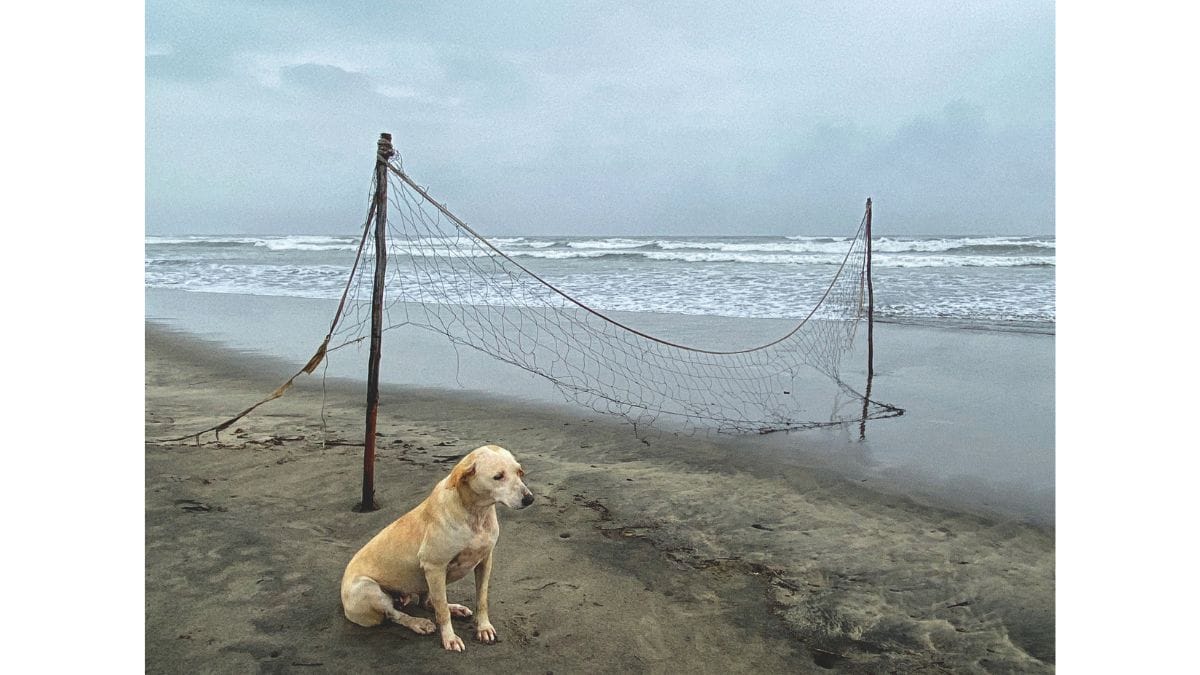
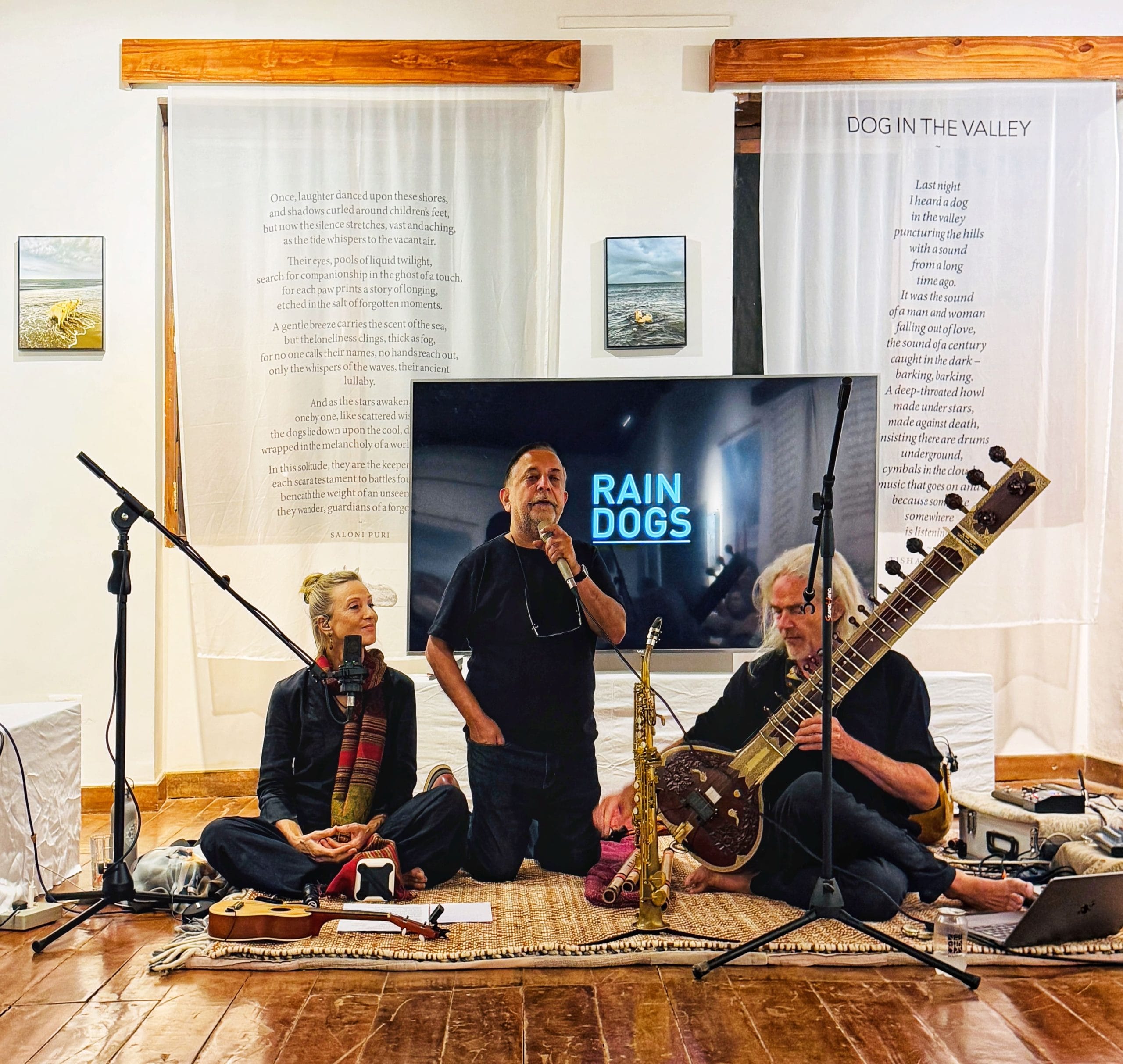
An unlikely sanctuary
During the pandemic, Goa’s beaches became an unlikely sanctuary. Chawla rented a small room three metres from Ashwem beach—“there was no room like that in India,” he recalled—and found himself in the midst of an alternate world. At night, the beach turned into “a Fellini film”, with packs of dogs moving between shores like characters in a nocturnal dream sequence. As the world retreated indoors, Chawla found himself walking 20 kilometres each day along the shore, followed by the stray dogs. “It broke my heart to see them emaciated,” he told me during an interview. Yet, that’s not the dominant emotion a viewer might feel. To me, the portraits radiate with power, the Indie dogs lording over the spaces that had been vacated by humans.
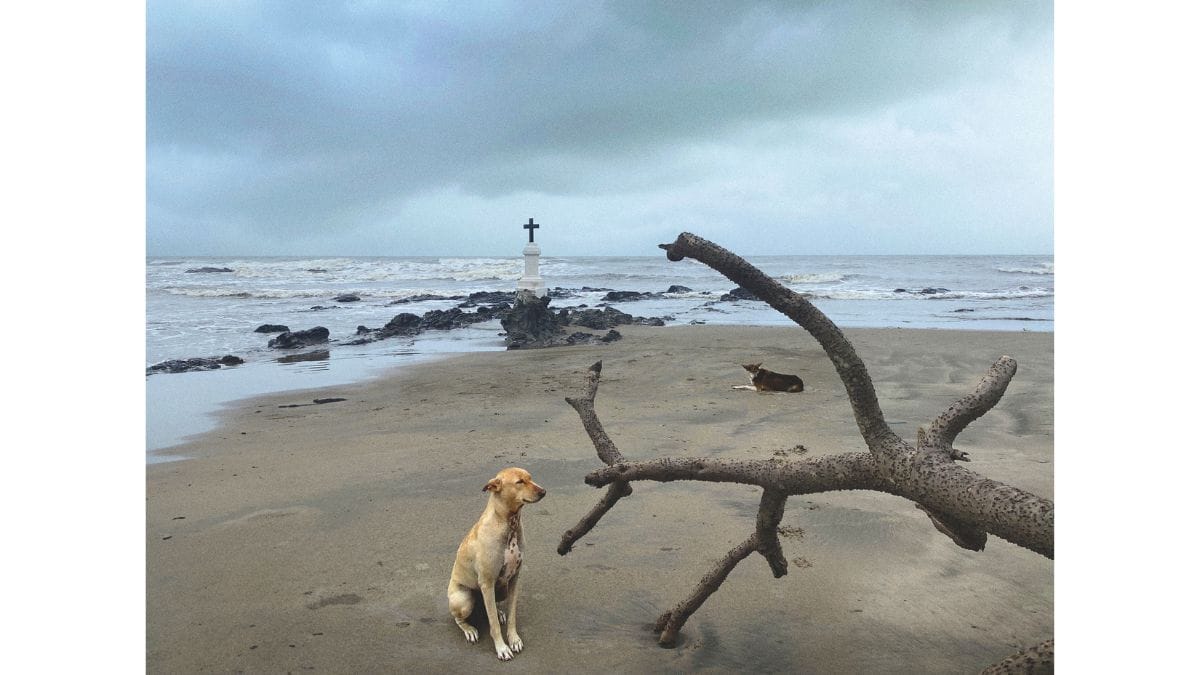
The project’s scope—some 10,000 photographs taken over three years—became a bit of an obsession. “I had to do the exhibition to put an end to it,” Chawla said. It’s yet another example of just how prolific he is. In the last couple of years alone, he has mounted an exhibition on reimagined covers of banned books, from George Orwell’s 1984 to Salman Rushdie’s The Satanic Verses. Another one is about the politics surrounding women’s hair, inspired by the late Iranian activist, Mahsa Amini. In all these projects, Chawla trains his attention on what we’d rather not see: censored words, body parts, or forgotten creatures. “I’d like to believe I’m a bit of an activist when it comes to the art that I choose to do,” he said, explaining how these seemingly disparate projects are united.
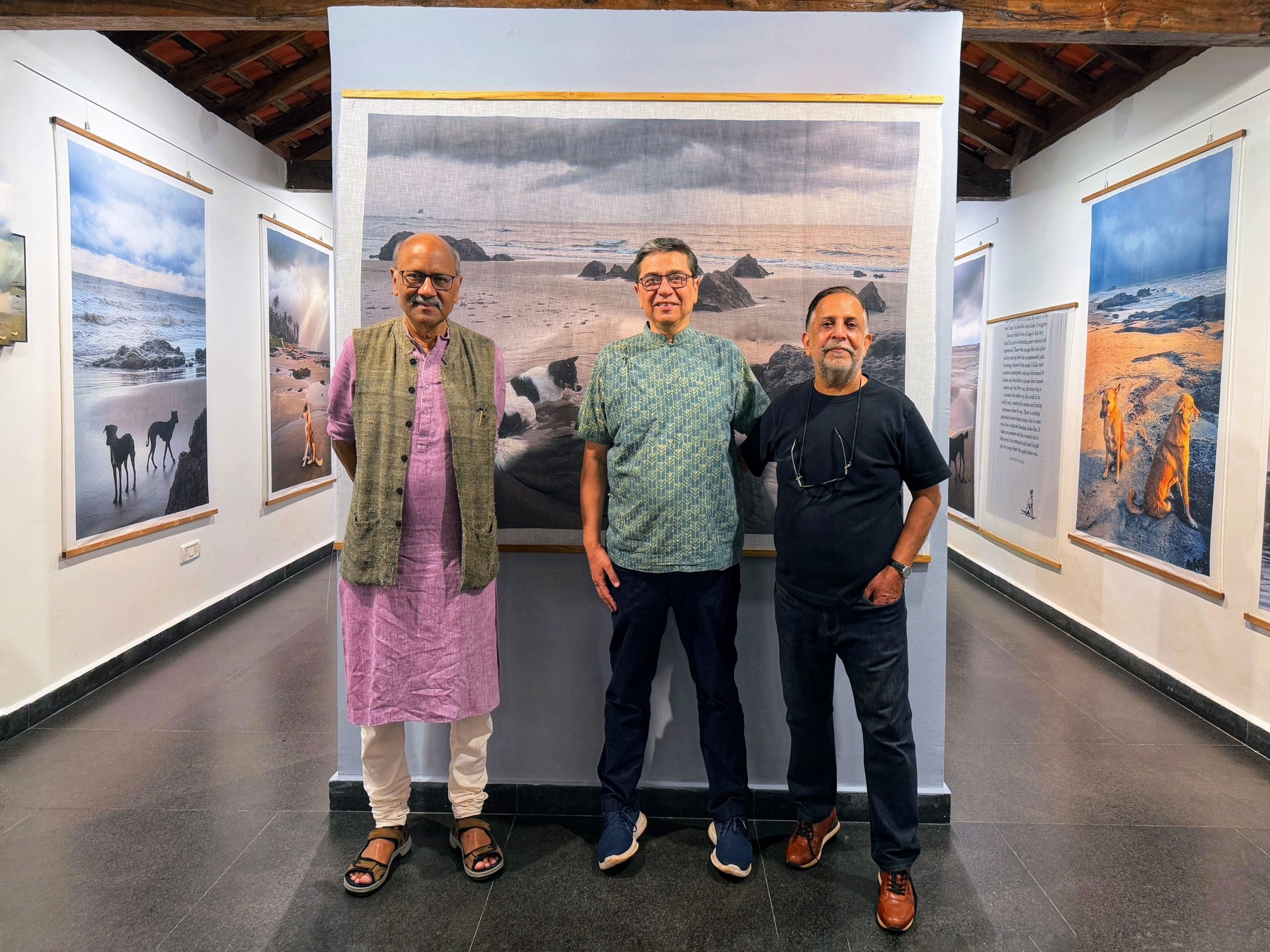
The minimalism of ‘Rain Dogs’ is certainly an aesthetic choice, but it might come as a surprise to those familiar with Chawla’s most famous bodies of work: After all, he has reimagined painters Frida Kahlo and Gustav Klimt in maximal, colour-saturated photographs. The minimalism is also the natural outcome of shooting during the monsoon in Goa.
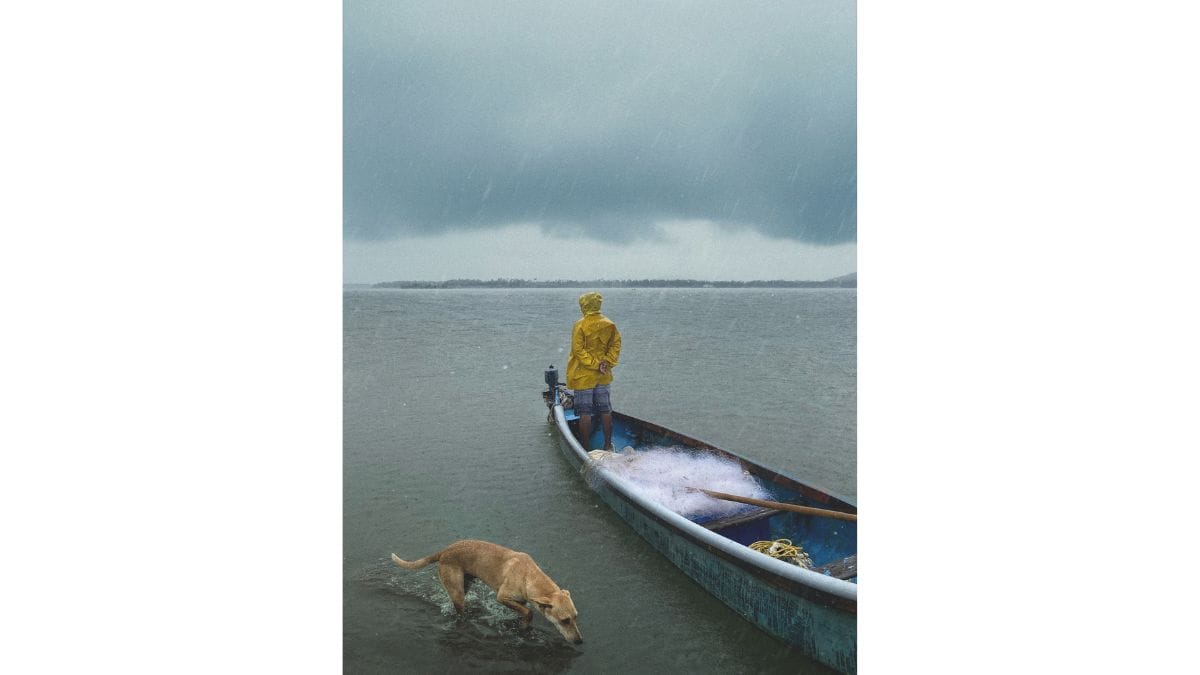
The brooding grey skies, the deserted beaches, and the absence of human activity created “a vast ethereal studio where every morning the sea cast a fresh set of surrealistic props at high tide,” as Chawla writes in the introduction to the book. In image after image, we see this vocabulary repeat itself—lone dogs against expansive landscapes, their forms outlined against the ashy light of dawn or dusk. The sea becomes both backdrop and character, its moods shifting from contemplative to tempestuous.
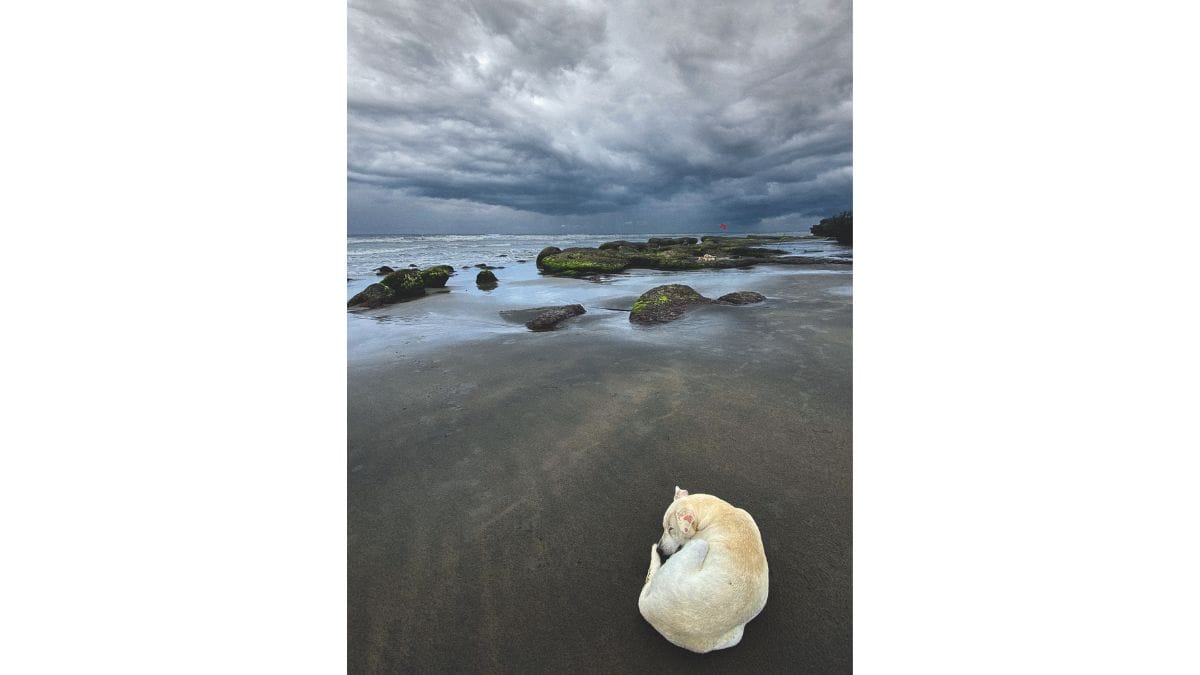
Also read: Postcard to handkerchief—Goa’s archival project shows how personal intersects with historical
A deeper truth
Chawla spent decades crafting precise portraits of celebrities, politicians, business tycoons, and authors, during his stint as the Group Creative Director at India Today. “There is a vulnerability I sense in them the minute I have the camera in front of me,” he said. “For those 10, 20 minutes, if they feel I know my craft, then that gives me a certain position of power over them, because vanity is a universal constant.”
Unlike his human subjects, who could be positioned and directed, the dogs followed their own path, turning Chawla into a witness instead. This surrender to spontaneity, pushed him toward a more intuitive practice.
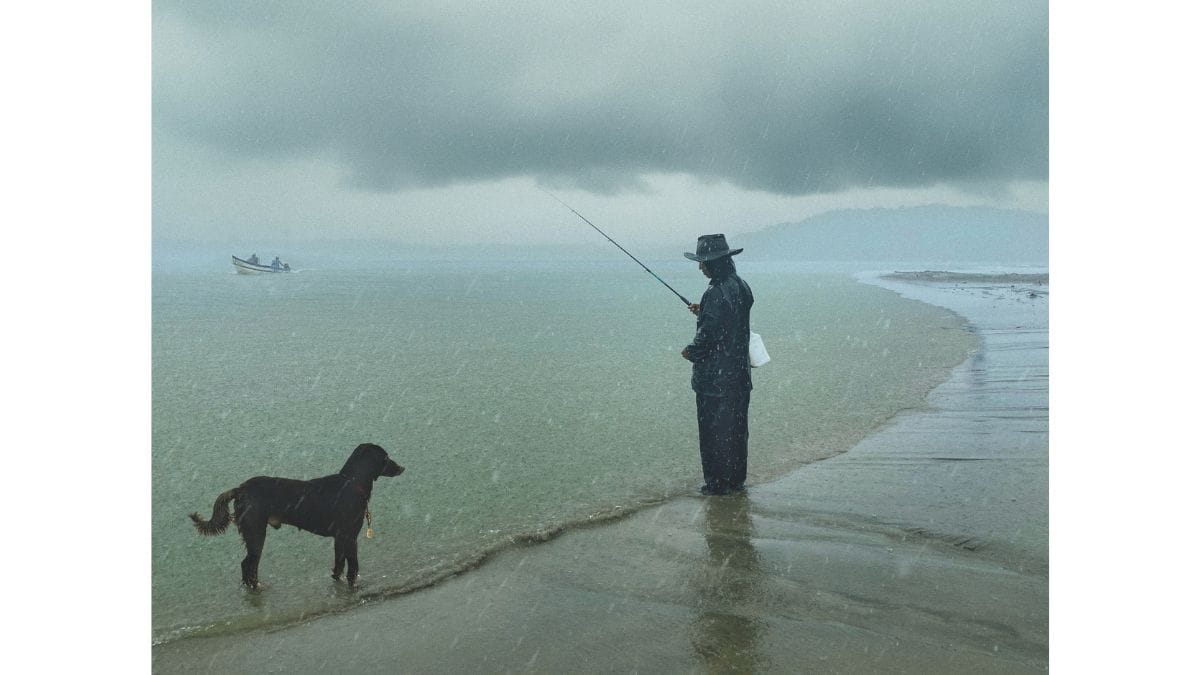
Two images in particular capture the tension between control and surrender. In one, a fisherman stands in his dark raincoat, rod extended over grey waters, while a black dog watches with quiet attention—both figures united in their patient vigil. In another, an Indie rests on the rocks, a bare tree reaching skyward behind it like a bolt of lightning in reverse. This is where Chawla’s practiced composition meets the untamed spirit of his subjects—the careful framing holds space for both the intentional and the unexpected.
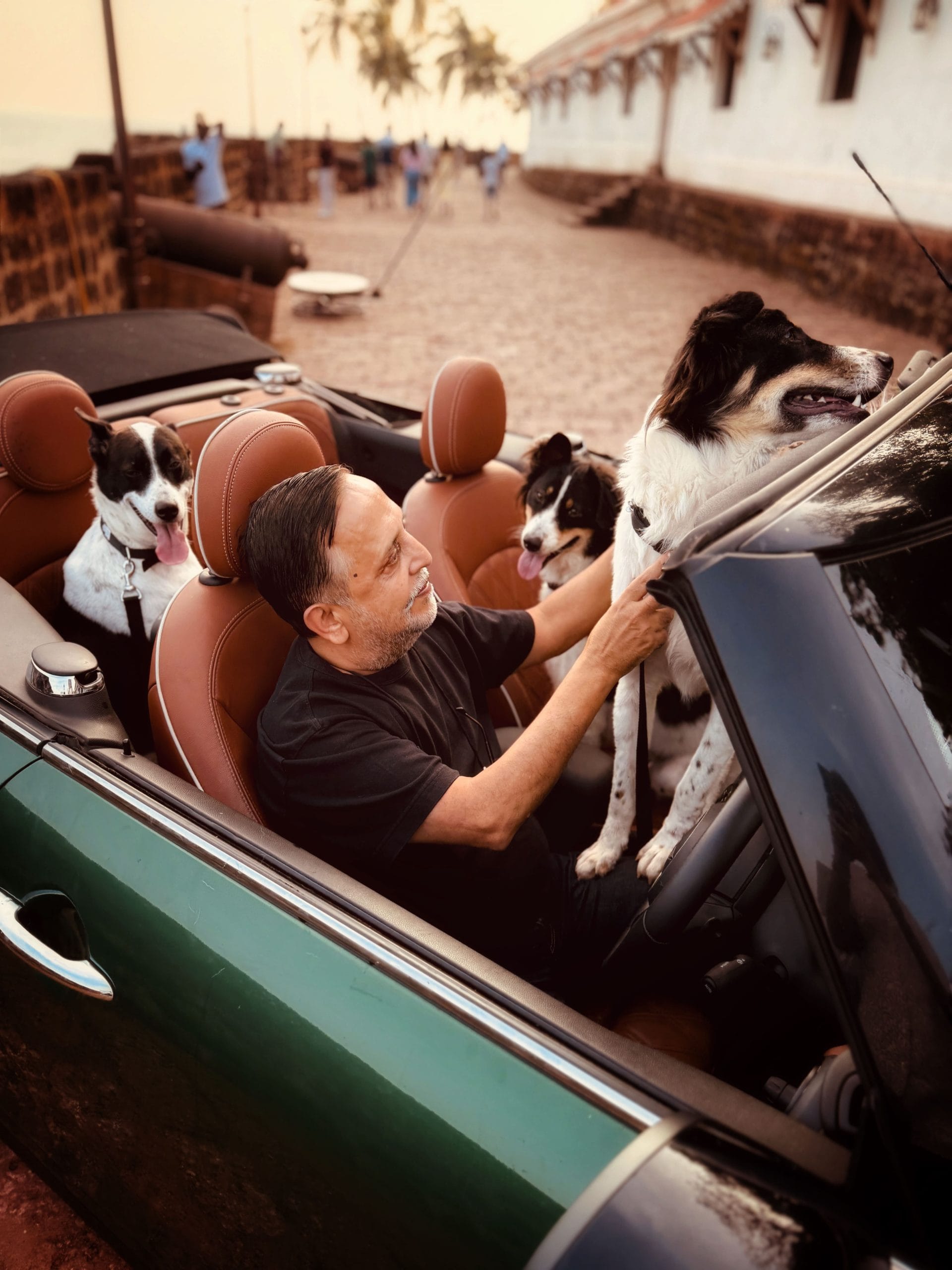
Beyond the beauty of the images, however, is what Chawla calls a “deeply political story”. The photographs, in their quiet way, ask questions about who belongs where, about the hierarchies we construct and the ways they dissolve in times of crisis. The stray dogs, often cast as urban nuisances, emerge as dignified inhabitants of the shore, their presence as natural as the tides. In documenting their solitude and resilience, Chawla has created not just an archive of the pandemic, but a meditation on what it means to be cast adrift, and how to find one’s place in an altered world.
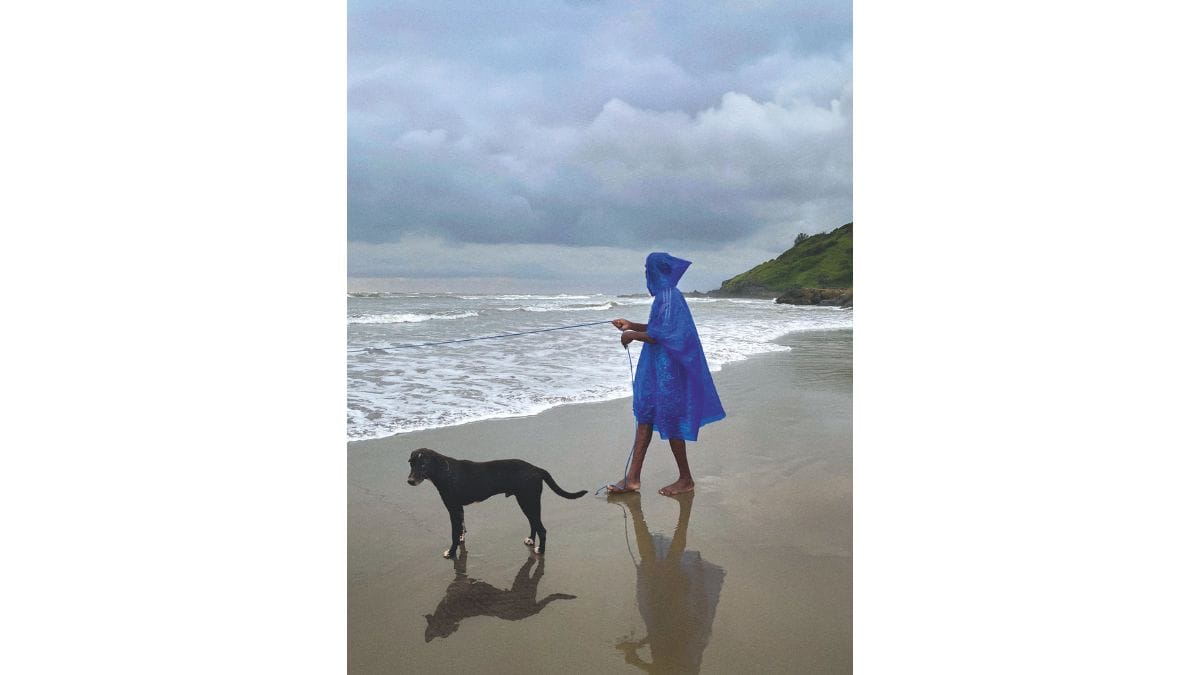
These portraits, taken at the threshold between land and sea, mirror a deeper truth about margins and belonging. In capturing rain dogs—neither fully wild nor fully domesticated—Chawla reminds us that grace often dwells in the in-between spaces, in moments when our careful categorisations dissolve, leaving us to find meaning in what simply is.
Karanjeet Kaur is a journalist, former editor of Arré, and a partner at TWO Design. She tweets @Kaju_Katri. Views are personal.
(Edited by Aamaan Alam Khan)



